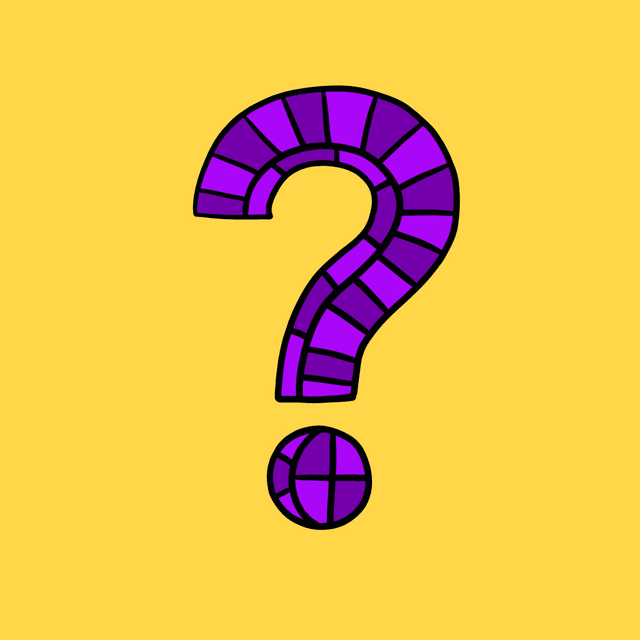Sections
Latest
Navigate the German 'Perfekt' with ease. This guide simplifies its formation and application, enabling you to recount past experiences with confidence.





The German present perfect tense, or Perfekt, is key for talking about past
events in a way that's relevant to the present. It's often used in spoken
German to share experiences and stories. By combining an auxiliary verb
(haben or sein) with the past participle of the main verb, you can easily
convey actions that have been completed but still affect the now.
Understanding Perfekt is crucial for everyday conversation and expressing
yourself effectively in German.
The German Present Perfect Tense, or Perfekt in German, is a crucial part of speaking about the past in everyday conversations. Understanding and using the Perfekt allows you to share your experiences, tell stories, and describe past actions that still have relevance today. Let's break it down into simple steps, making it easy for beginners to understand and use.
Perfekt Tense?The Perfekt tense in German is used to talk about actions that have been completed in the past. It's similar to the English present perfect tense, using the concept of "have" or "has" plus the past participle of a verb.
Perfekt TenseTo form the Perfekt tense, you need two components:
haben or sein)Most verbs in German use haben as their auxiliary verb. However, verbs that involve movement or a change of state typically use sein.
The past participle for regular verbs is formed by adding ge- at the beginning and -t or -et at the end of the verb stem. For irregular verbs, the past participle may vary and needs to be memorized.
| Pronoun | Conjugation | Translation |
|---|---|---|
| ich | habe gemacht | I have done |
| du | hast gemacht | You have done (informal) |
| er / sie /es | hat gemacht | He / She / It has done |
| wir | haben gemacht | We have done |
| ihr | habt gemacht | You have done |
| sie | haben gemacht | They have done |
| Sie | haben gemacht | You have done (formal) |
Perfekt in SentencesWhen you construct sentences using the Perfekt tense, the auxiliary verb (haben or sein) is usually in the second position, following the standard word order in German sentences. The past participle is placed at the end of the sentence.
ge- prefix in their past participle form.ge- between the prefix and the verb stem.Understanding the Perfekt tense is a key step in becoming fluent in German. It allows you to discuss past events with ease and is a common tense used in everyday conversations. Remember, practice is essential, so try creating your own sentences using the Perfekt to share your past experiences and actions!